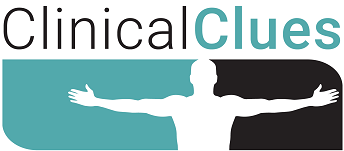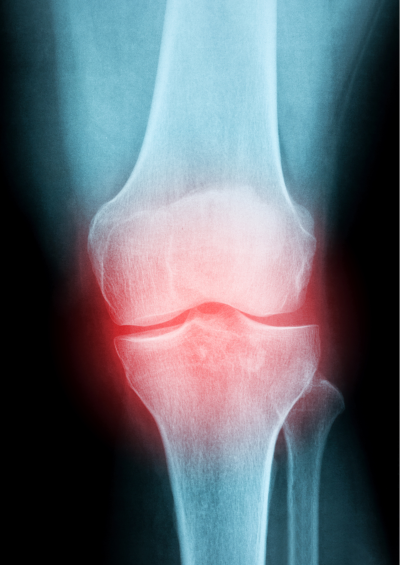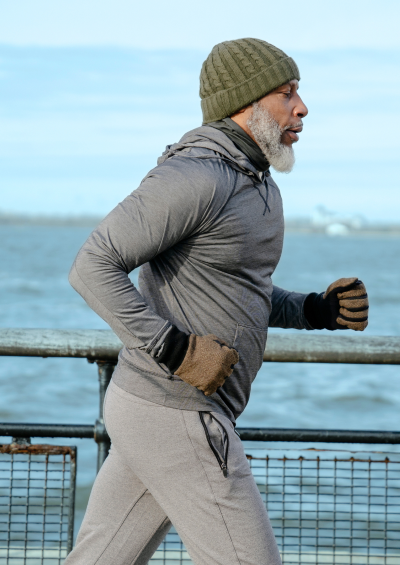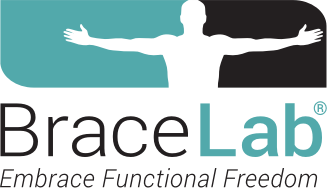To Run or Not To Run; That Is the Question

April 2024 No. 37
To Run or Not To Run; That Is the Question
by Jerry Ditz, DPT, Dip. Osteopractic, Cert. SMT, Cert. DN
Following up on our Clinical Clue No. 36 about the misconceptions and realities of running for individuals who seek to conquer a 10K, let’s explore the concern about running with knee osteoarthritis (OA). Although often viewed as a deterrent to running, knee OA need not be an insurmountable obstacle.
Nick, 55, runs 2-3 times each week, averaging 10 miles per week. The day after he runs, he experiences knee buckling so he comes to physical therapy for treatment of his right knee instability/buckling. When he saw his primary care physician he was advised to stop running because his x-ray showed knee arthritis, which he was told was the cause of his knee buckling.


Nick is disappointed he must stop running because he enjoys it, and it helps him manage stress. When Nick asks if running is causing his arthritis, he is surprised when I say: “I don’t know.” Some say running helps arthritis, while others feel the repetitive stress increases arthritis. There is evidence supporting both sides of this question, so no one conclusively knows the answer.


Because research provides no clear answer, I suggested a workout program to determine if exercise might decrease his buckling frequency. Agreeing with this plan, he came to therapy for two weeks to learn new home exercises consisting of resistance/weight training-based exercise, yoga-based exercise, cycling, and aquatic exercises.
After eight weeks of exercise, we evaluated whether his knee was buckling less than the previous frequency of 18-20 times/2 weeks. Our evaluation showed that nothing had changed. I then recommended he see an orthopedic surgeon to determine if he has an internal knee problem which standard clinical tests had not revealed.
Nick’s MRI revealed no major structural damage other than arthritis, which prompted the surgeon to suggest a total knee replacement; something Nick does not want. Nick chose to wear a lowprofile, soft, compressive knee brace the days after he ran and noticed his buckling symptoms dramatically improved. He ran four times in the next two weeks with only one episode of knee buckling. Nick happily reported he was not planning surgery and will continue to run if the buckling does not return.


As a clinician, I wanted to understand how a low-profile, soft, compressive knee brace could help Nick’s instability. Initially, I thought Nick’s improvement was all in his head, but was pleasantly surprised to discover an article by Cudejko et. al. that objectively measured the benefits of a soft brace on knee instability. The results were surprising to me!
Noteworthy findings of the article were:
• Reduction of Dynamic Knee Instability: The study reported a significant 33% reduction in objectively assessed dynamic knee instability when individuals with knee OA wore a soft knee brace compared to no brace.
• Improved Frontal Plane Control: The soft knee brace limited deviations in knee frontal plane movement, which is associated with knee OA symptoms such as pain, stiffness, and lack of confidence in knee movement.
• Limited Valgus/Varus Movement: The soft knee brace reduced medial and lateral movement by 32%.
• Positive Kinematic Effect: The study suggests that the soft knee brace effect on knee kinematics (such as varus/valgus angles) may improve clinical outcomes.
Despite these encouraging findings, the study emphasizes the need for further research. The authors were unable to identify why the soft knee brace helped, but they believe it may be related to compression induced cutaneous stimuli that increases muscle activity. From a clinical perspective, it is great to see objective results for something that previously only had subjective reports.
Nick’s experience challenges preconceived notions while providing valuable insight into the complex relationship between running, knee osteoarthritis, and the potential effect of a soft knee brace. This example of a thoughtful exploration of alternative solutions in response to the medical advice to stop running encourages healthcare professionals to remain open to emerging evidence and innovative solutions. Most of all, we need to explore the little-known potential benefits of soft knee braces for individuals seeking to maintain an active lifestyle despite knee arthritis.
